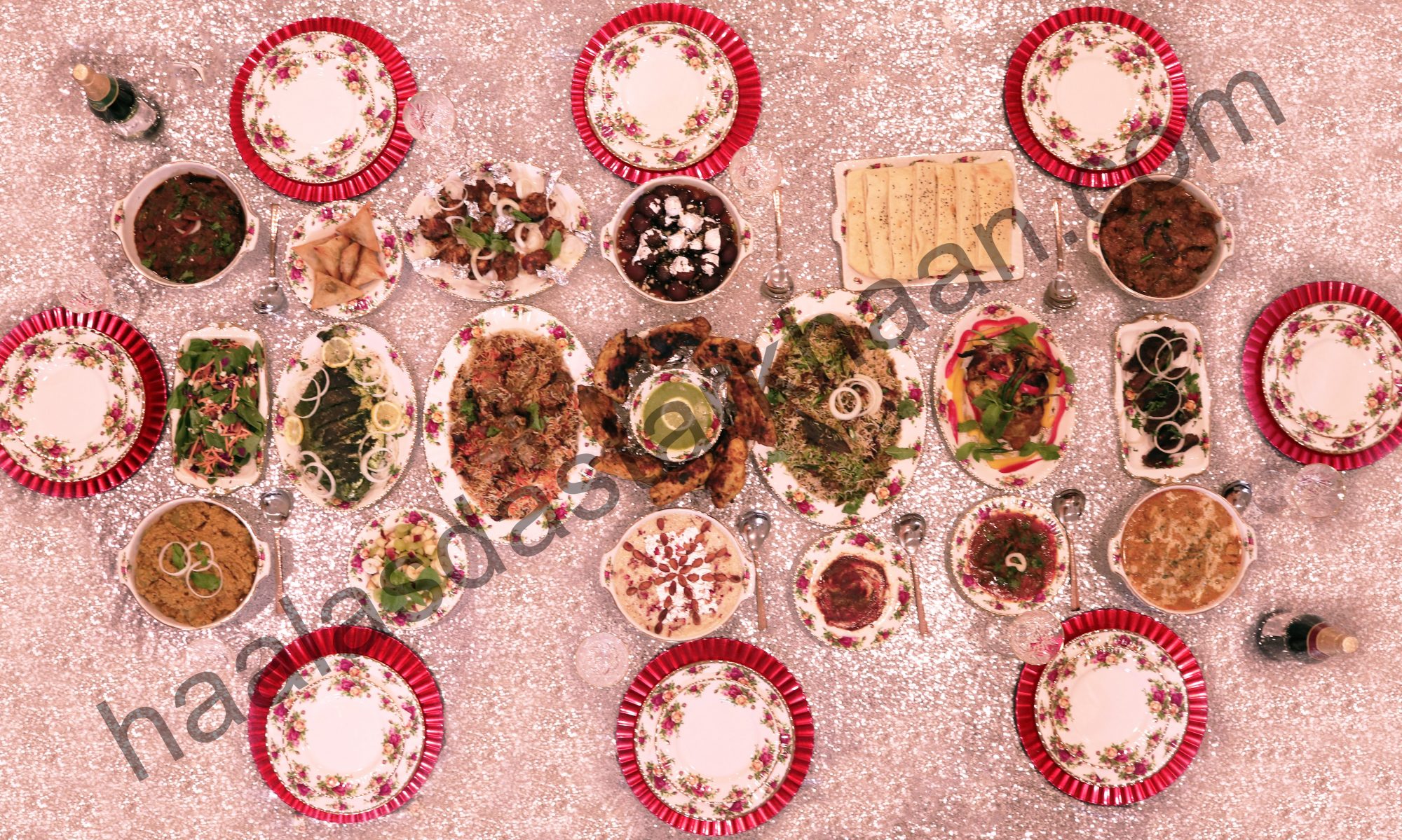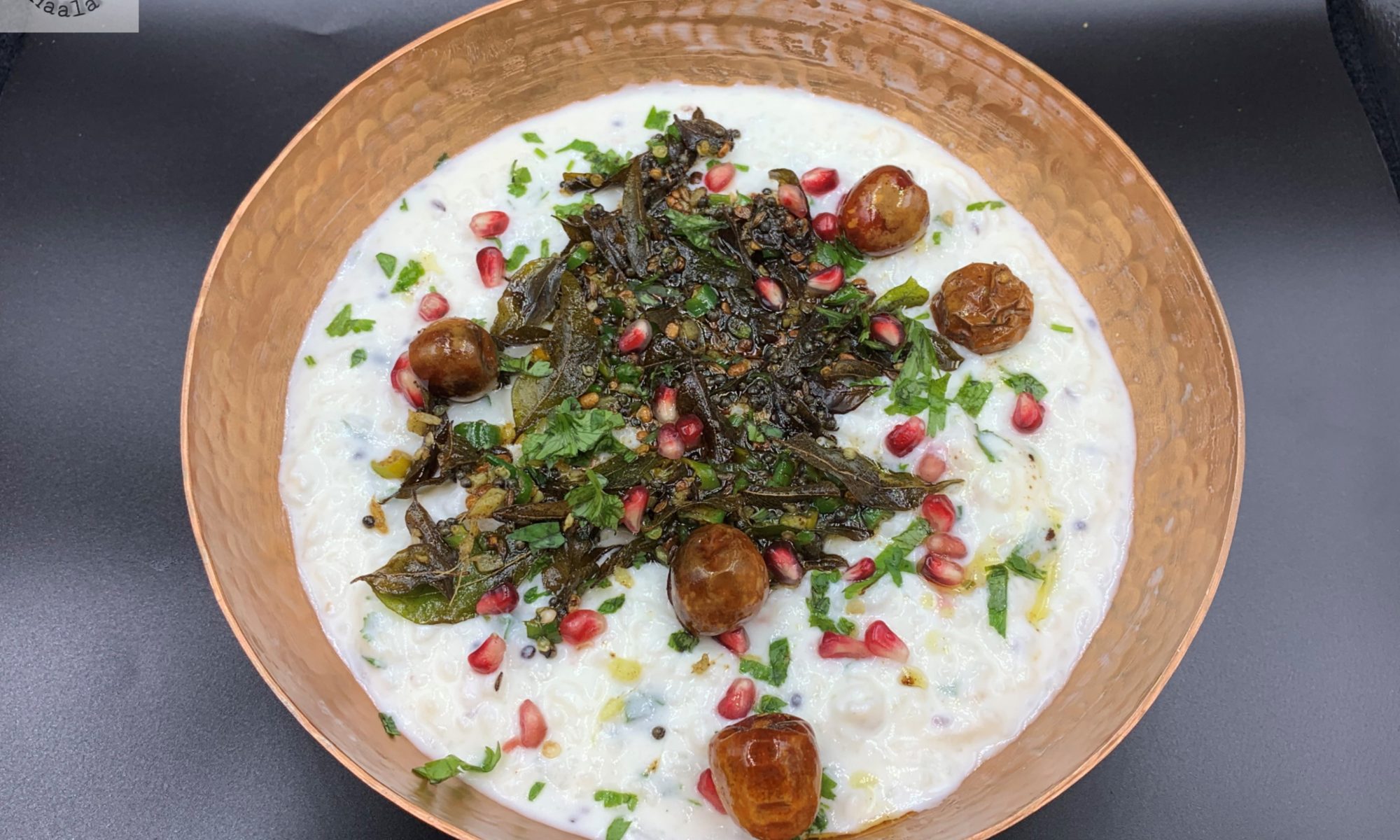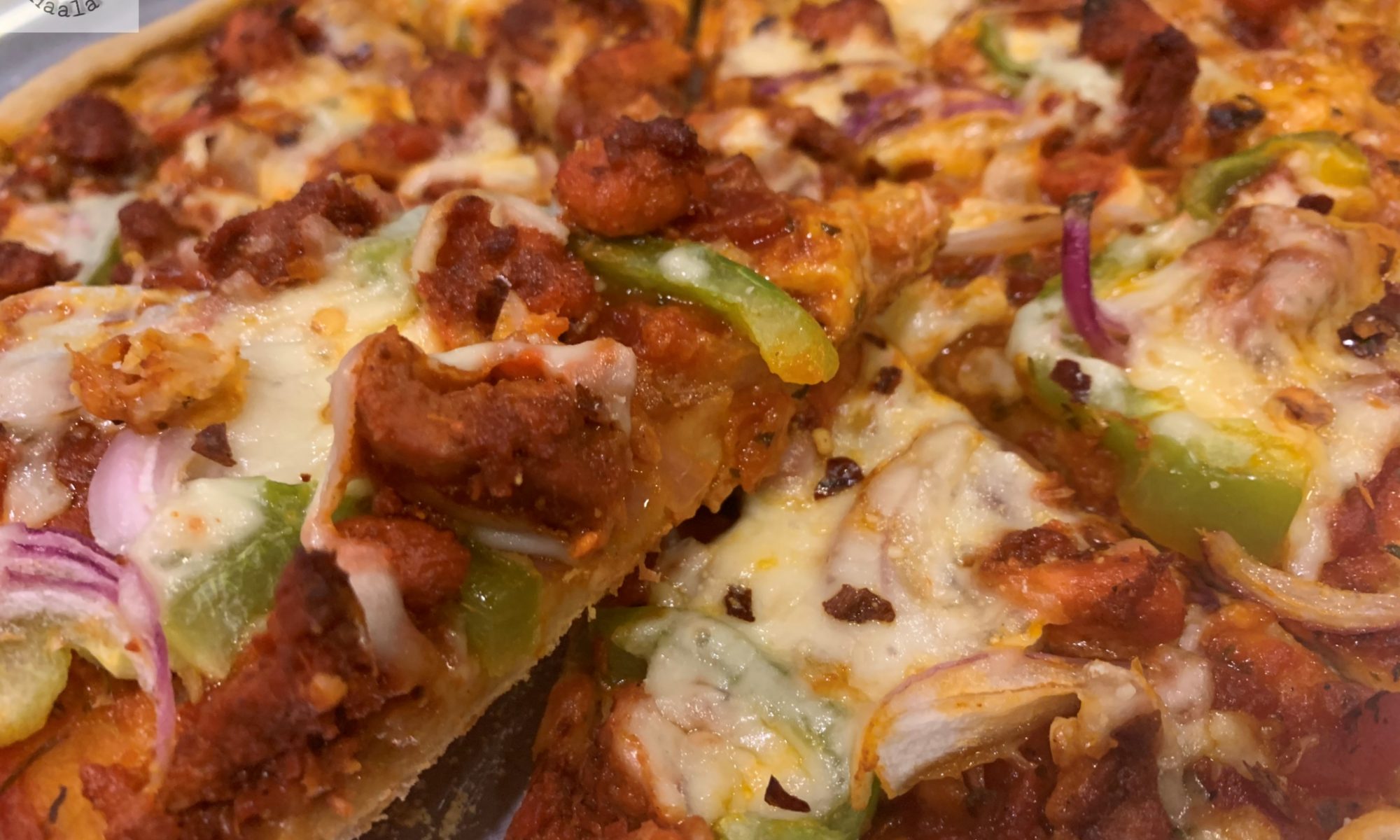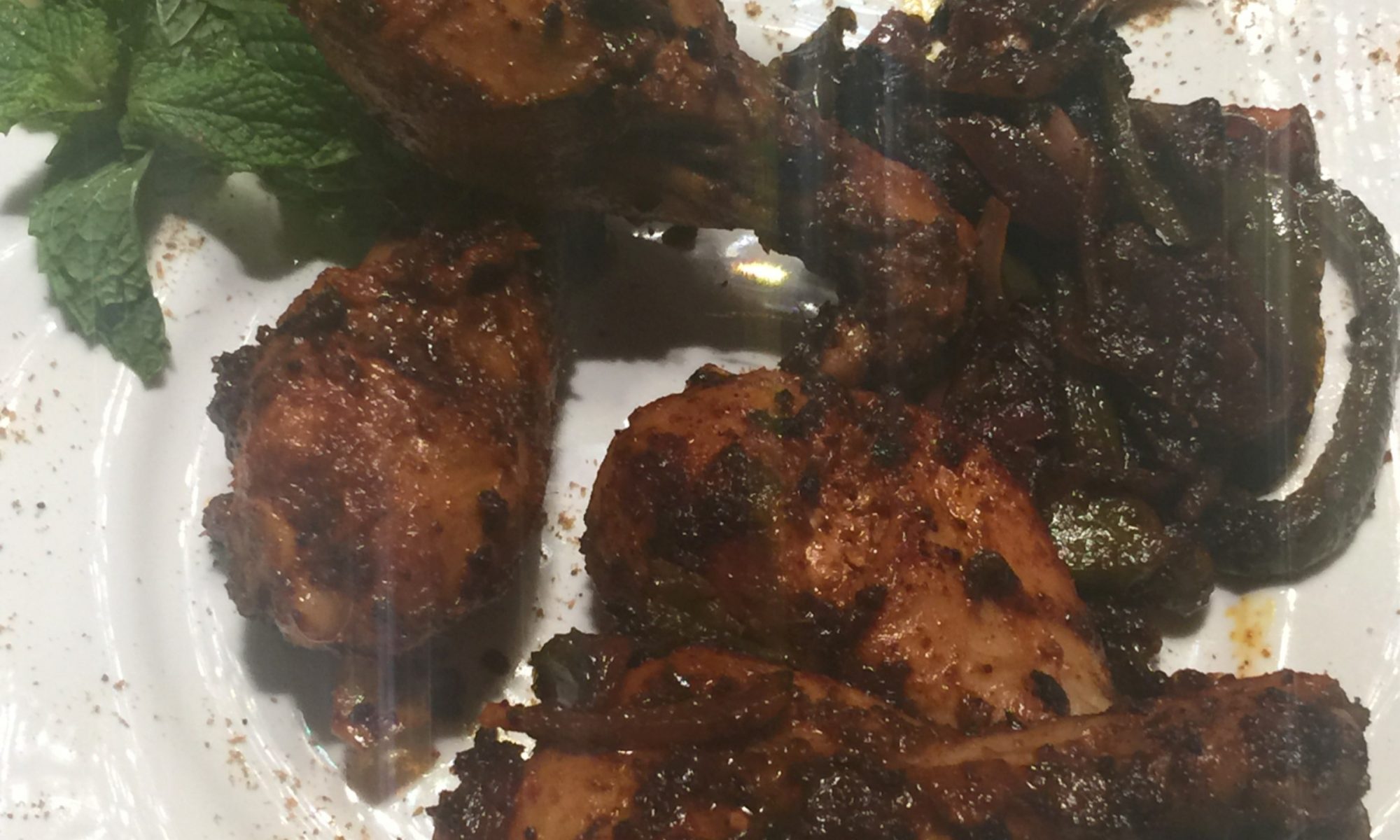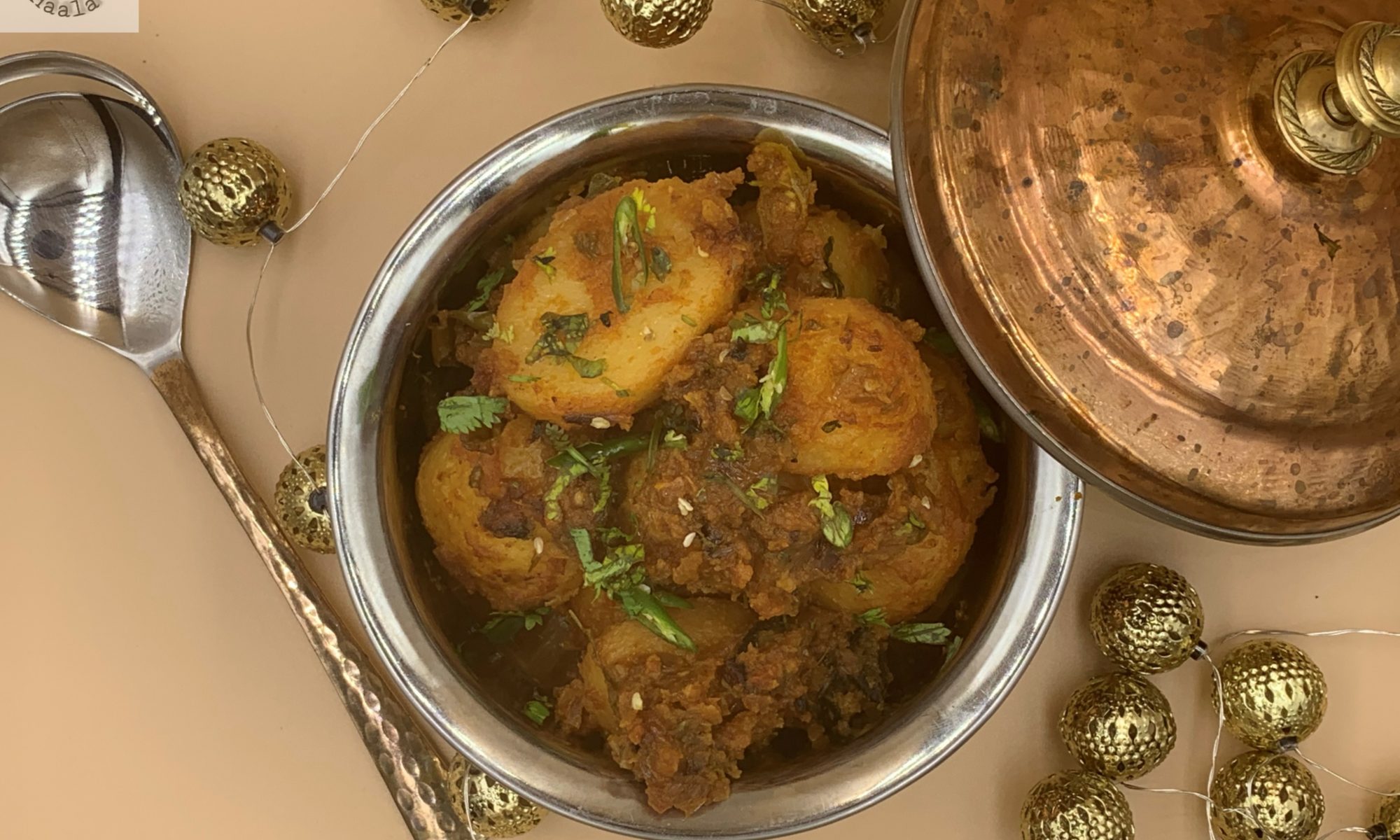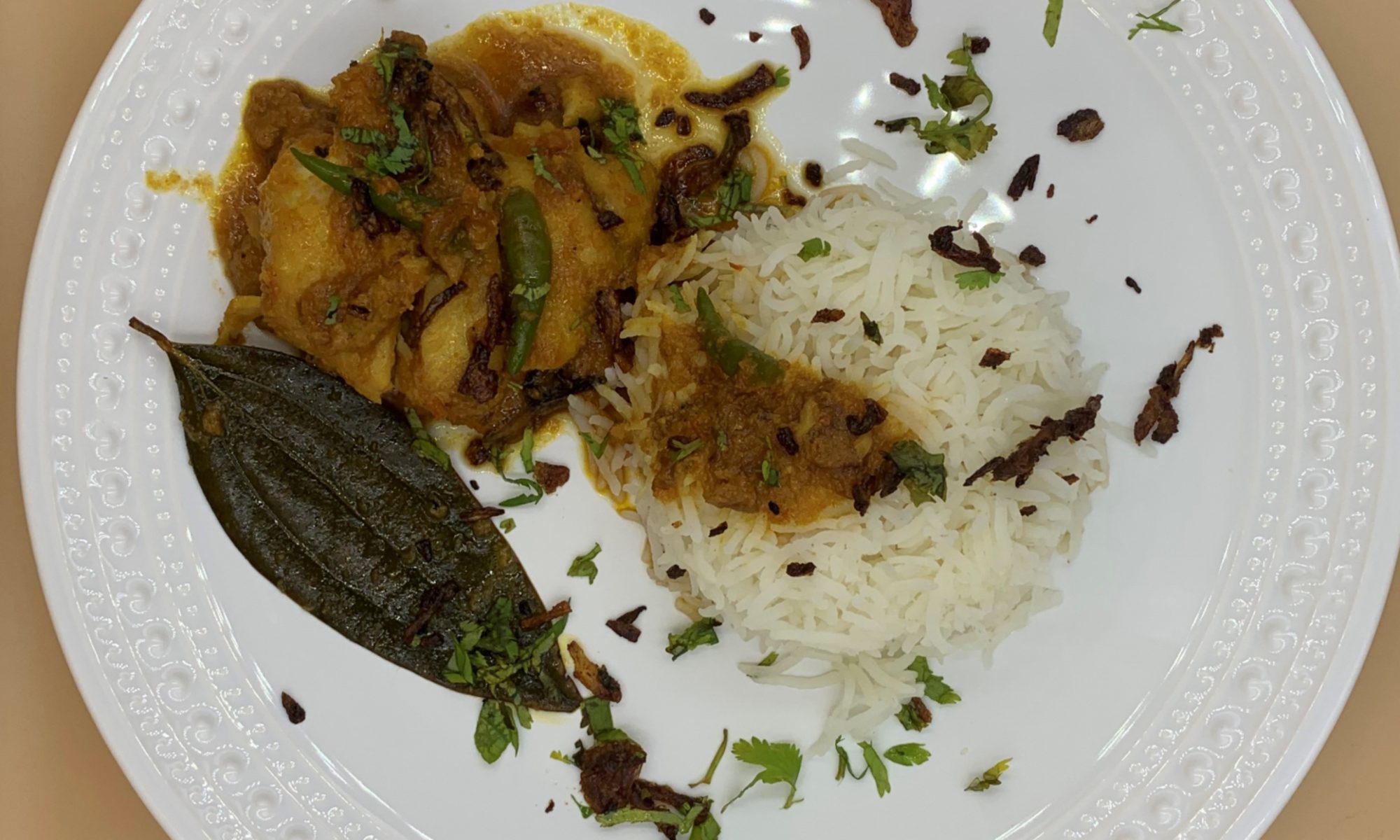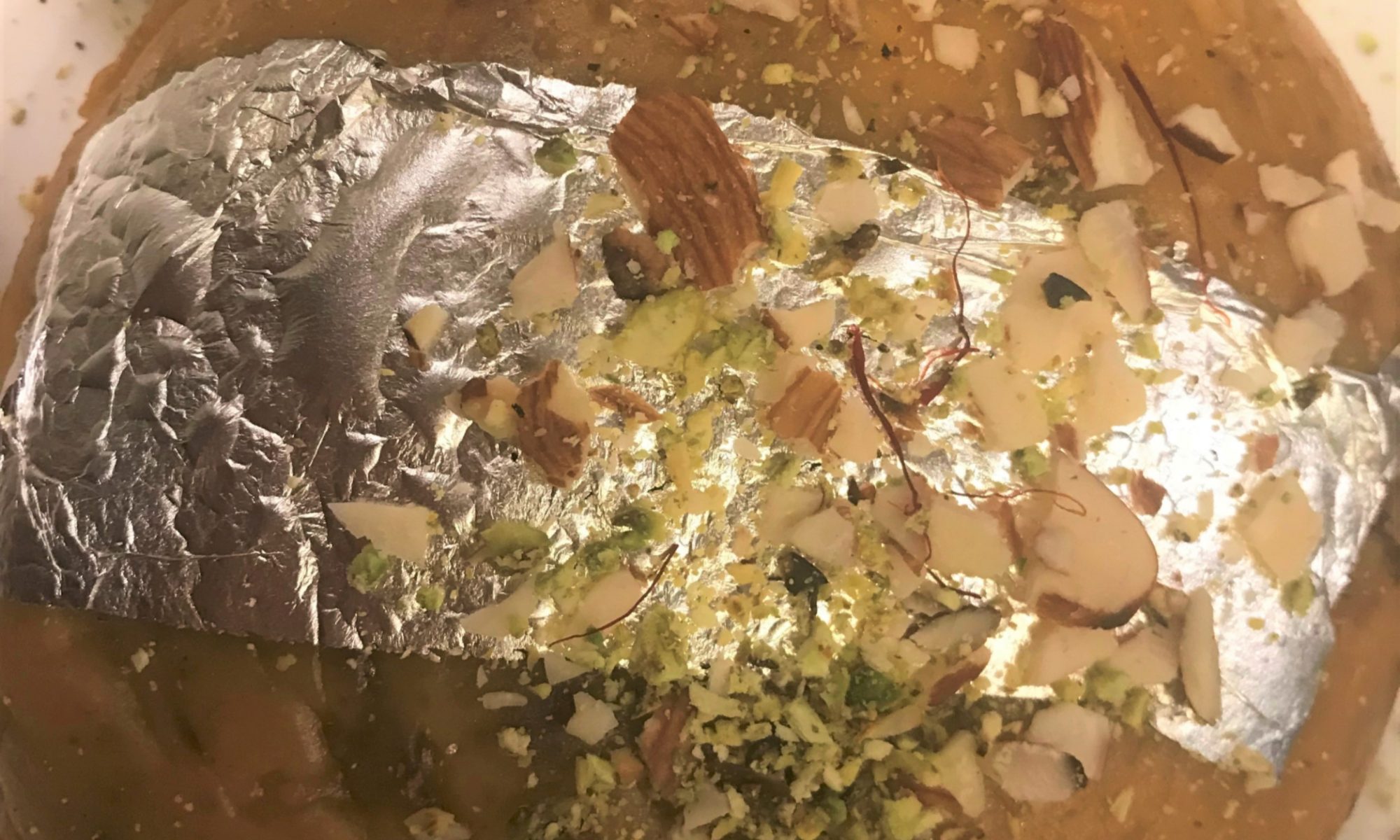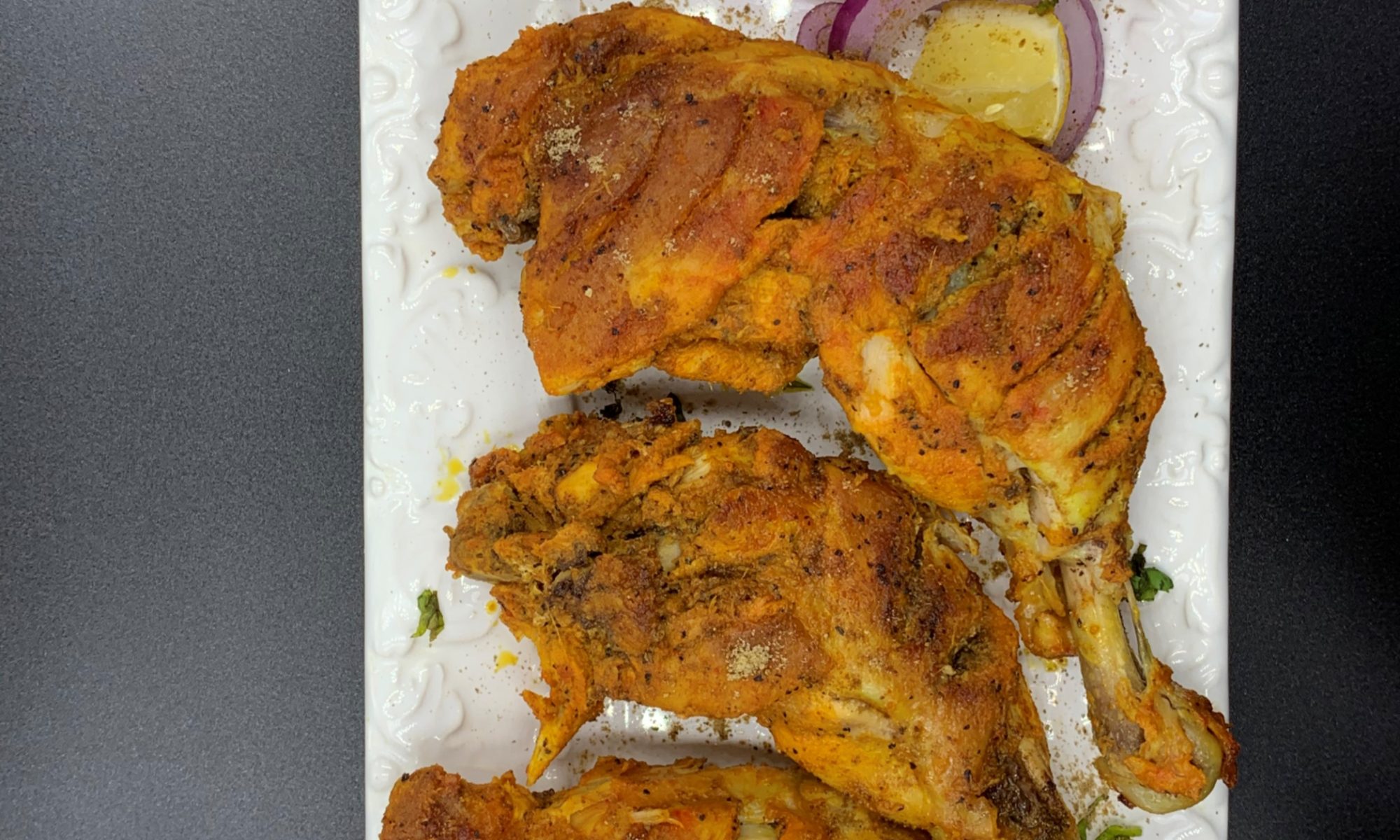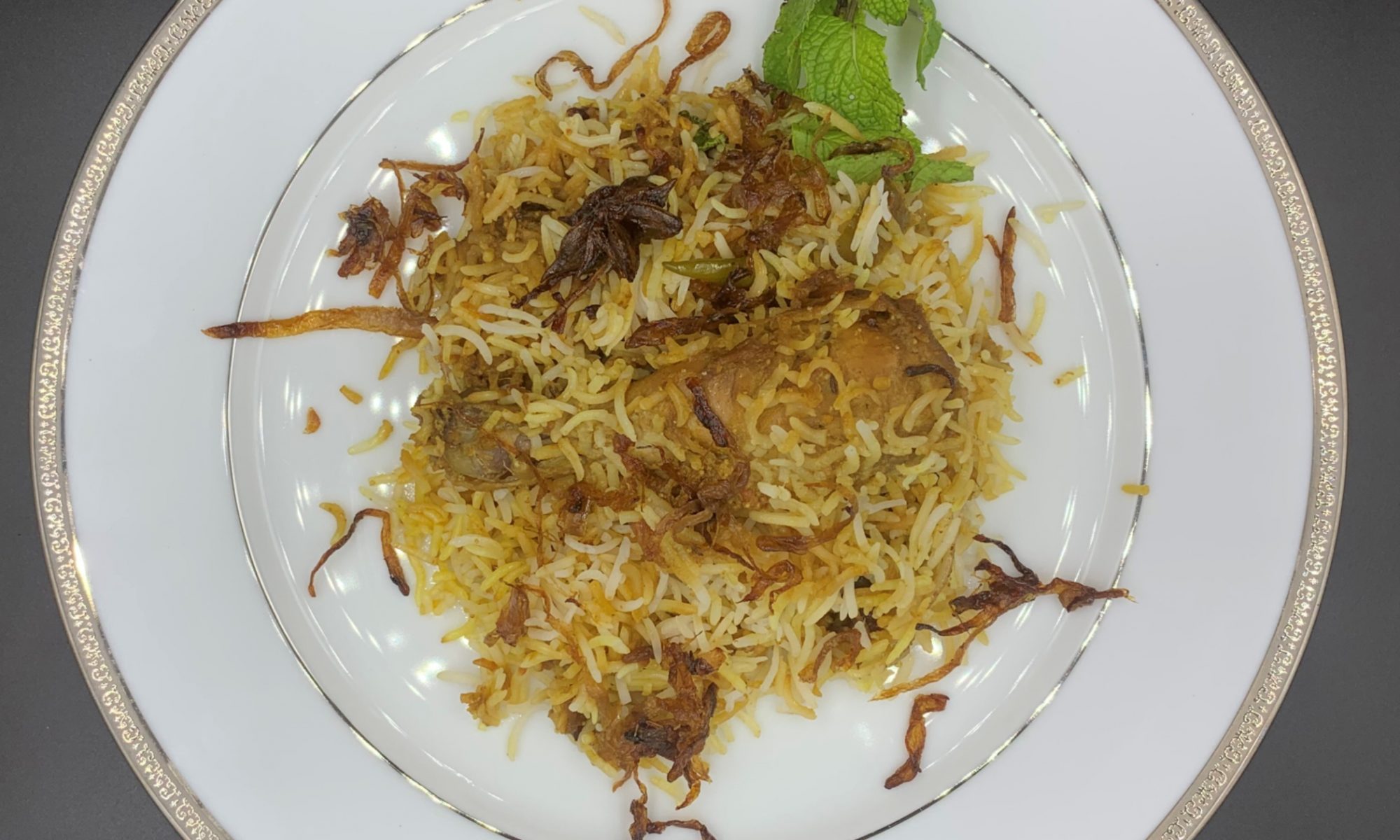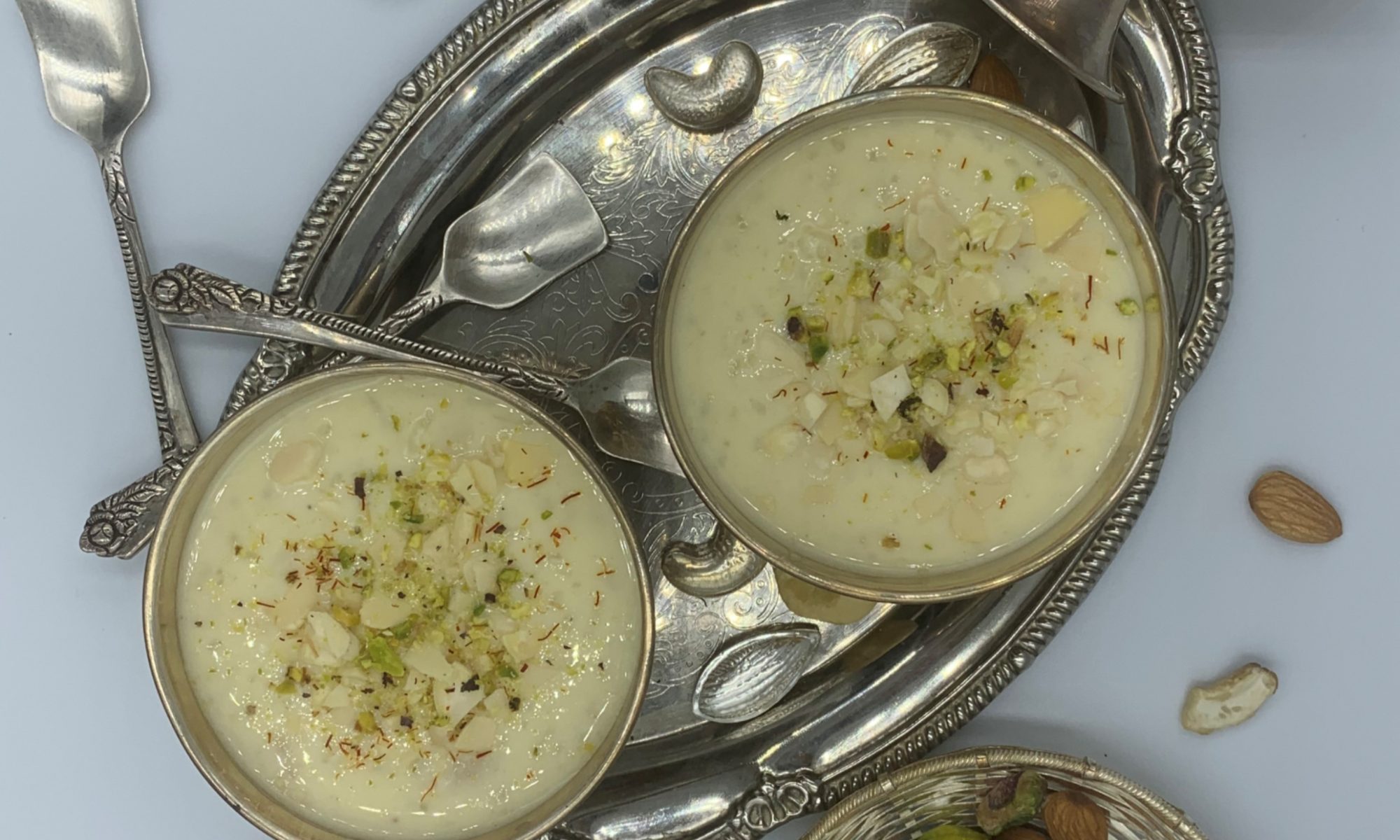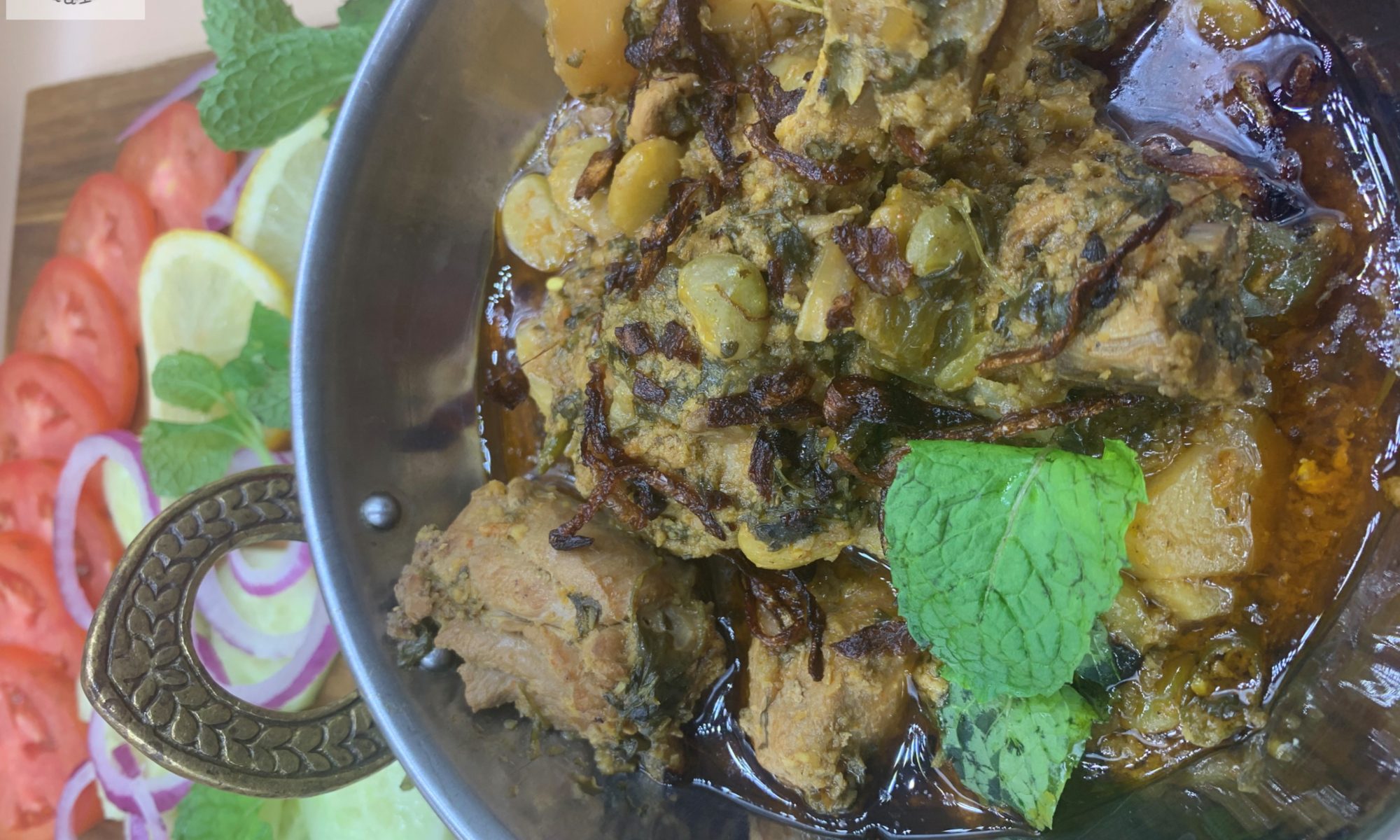Curd Rice is a meal from Southern part of India. It’s full of probiotic goodness and cooling properties , just the kind of meal you need when you want something simple, easy to digest, fast track food and a nutritious meal. Curd Rice is a creamy and traditional preparation of soft pre-cooked rice and thick yogurt all combined together and crowned with a South Indian style tempering.
Curd Rice is a gluten-free, savory Indian dish prepared with yogurt and pre-cooked rice. For the flavor, it is often tempered with ghee, mustard seeds, urad daal, ginger, asafoetida, cumin seeds, curry leaves, green chilies and dry red chilies.
Curd Rice is great for digestion, since the good bacteria in the yoghurt/ curd may help the body digest food easier and smoother. For generations, in South India, this has been the cure for an upset stomach or gastric issues including constipation and bloating. This dish also happens to have a milder version made with thinner curd or even buttermilk and is excellent for fighting acid reflux. Curd rice balances out the internal temperature of your body and is an excellent coolant during the hot summer months. Since it is served cold, one can almost immediately feel the respite from blazing temperatures even externally, before the nutrients begin to break down in one’s system. This is relatively low in calories and can still be eaten by itself as a meal and is quite filling, you can include this in your low-calorie diet as a menu choice.
All you need for this simple preparation is boiled rice, I usually throw away the water, but you are free to add less water in boiling the Rice and let the Ric soak it all up. Just make sure you use small grained Rice, as its a better option when it comes to over cooked and mushed up Rice. Basmati Rice is better with Biryani and Pulao. The Rice needs to be at Room Temperature, so make sure you give it at least an hour on a wide dish so it cools down completely. You can also use leftover steamed rice for making the dish. If using leftover cooked rice, add a tiny amount of water and mash it to a soft consistency (like broken wheat consistency). Soft rice that is overcooked or slightly mushy is perfect for making creamy curd rice.
Full-fat Yoghurt is great if you want super soft and creamy curd rice, but you can use low-fat Yoghurt as well. Although the traditional Curd Rice is cooked with slightly sour Yoghurt, but I prefer the regular one.
The tempering for the Curd Rice is a typical South Indian style packed with cumin seeds, mustard seeds, urad dal/ chana dal, curry leaves, ginger, green chilies, whole dry red chilies, and a pinch of asafoetida (aids in digestion). You can mix grated carrot or pomegranate as well in your yogurt rice for that extra crunch and freshness.
It is always ideal to combine chilled yogurt and room temperature rice to make creamy and delicious yogurt rice. If hot rice is combined with curd, it affects the nutritional properties of yogurt, and the digestion problems are bound to happen. Also, the curd might turn sour after mixing the hot rice. Hence, it is best to enjoy yogurt rice cold or at least room temperature.
